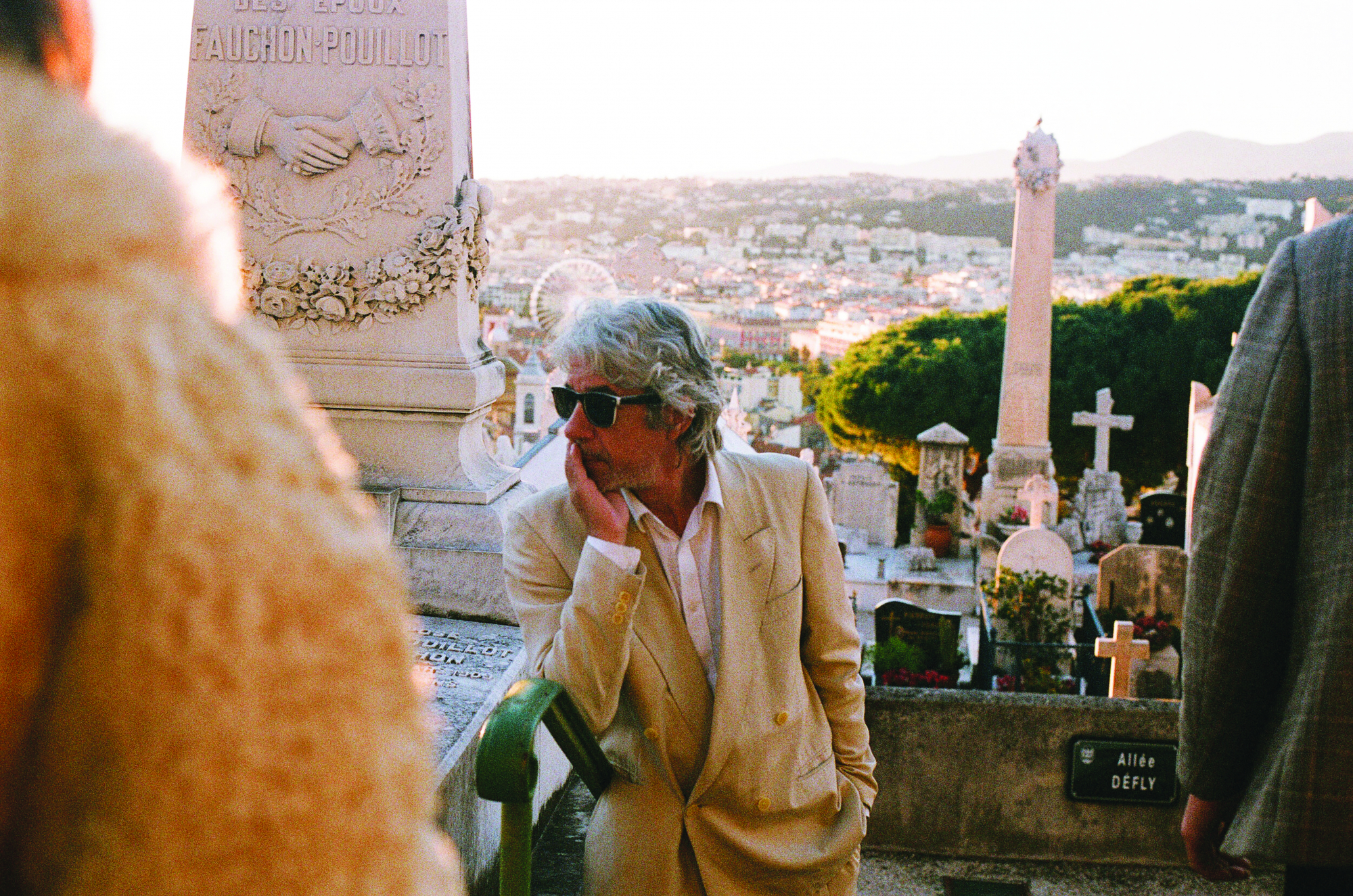One expects, at festivals, to see arthouse films of a kind unlikely to find their way into the programs of everyday cinemas, let alone multiplexes. The 2021 Brisbane International Film Festival could scarcely have catered more amply to such expectations than it did by offering the world premiere of Paris Funeral, 1972 (Adam C Briggs, 2021).
Like much arthouse fare, the film differs entirely from, say, the classical Hollywood narrative cinema that became so heavily theorised in the 1970s and 1980s – a cinema ruled by cause and effect; by the interactions between character and event, between person and place; and by a movement towards a denouement in which preceding matters are brought to a satisfying closure. A film such as Paris Funeral, 1972 could hardly have less to do with such expectations; in fact, it seems almost to work in defiance of them. Briggs, whose first feature this is, also co-authored the original story and served as screenwriter and editor, and the production that has emerged from this process suggests a very original talent at work.
At the film’s narrative centre – though that wording might imply something more conventional than is the case – is Rosario (Rosario Zocco), an elderly Italian man suffering from alcoholism who is making some effort to come to terms with his haphazard life. He is first seen in close-up, paired with text inscribed on screen about the relative proximity of ‘love’ (‘a million light years’ away) and ‘friendship’ (‘ten metres’). After this, we see him adrift on the streets of Melbourne, picking his way through roadworks, stopping outside adult store Club X, meeting with a clergyman in a barber shop, sitting with a friend at a cafe.
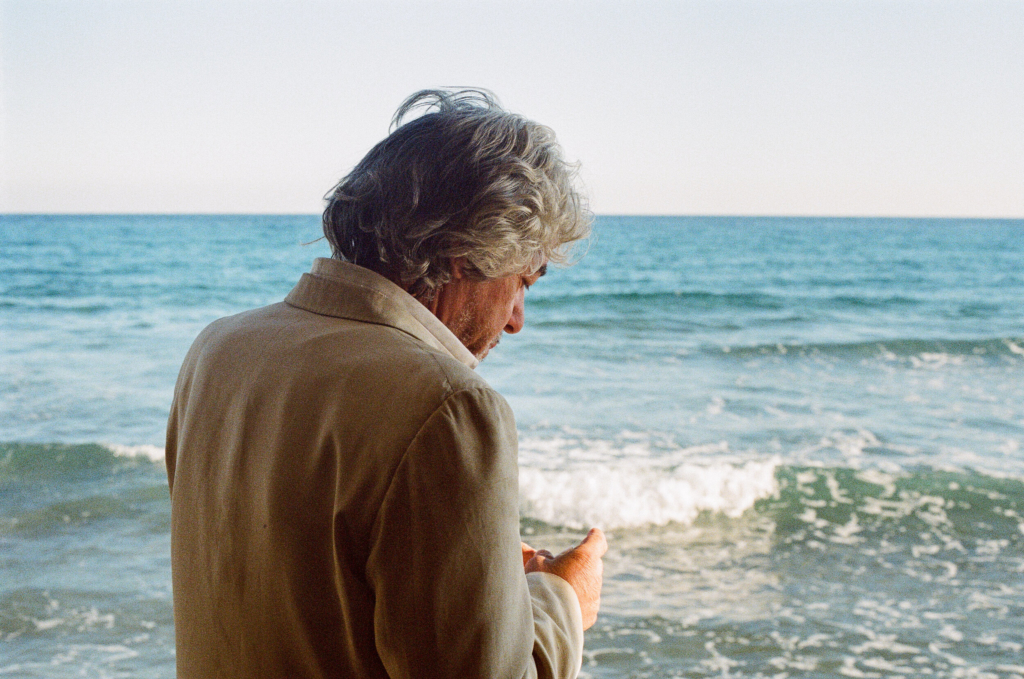
Another brief shot of the clergyman on the street reading from a book is followed by an arbitrary cut to an apartment bedroom, where two young women, Gabriella (Gabriella Cohen) and Kate (Kate Dillon), are playing guitars and singing while an unnamed older guy sits on the bed talking about how he was nearly hit in the face by a tennis ball. His place is soon taken by an older woman, who discusses a burial while Gabriella and Kate continue playing and smoking.
As will soon become apparent, Rosario, Gabriella and Kate are the film’s chief characters, each bearing the first name (and presumably the second) of the actors who play them. This is Briggs’ way of intimating that they are to be seen less as actors inhabiting prescribed roles than as three individuals going through the paces of their daily lives – paces that will shortly cause their paths to cross. When Rosario meets up with the two young folk musicians, they embark on a European tour together through France and Italy; this is not the sort of film that feels obliged to deal in detail with how this connection has come about or even how probable it may be in narrative terms. It just happens because it happens.
It is as though we are witnessing – to invoke an old phrase – a ‘slice of life’, not a structured piece of storytelling; and it is primarily a slice of Rosario’s life that will claim our attention for most of the film. We watch him setting himself up in the back of a station wagon, driving through city parkland, walking the streets with bottle in hand, his thoughts captured in voiceover. ‘Sorry, Mama,’ he murmurs (Rosario’s preoccupation with his mother’s death offers the viewer another point of access to his disordered mind). Without any narrative explanation, he is suddenly seen dressed in a white suit, picking flowers from a garden, talking to a guy who’s walked in the Holy Land, smoking incessantly and later giving flowers to a girl in a bar.
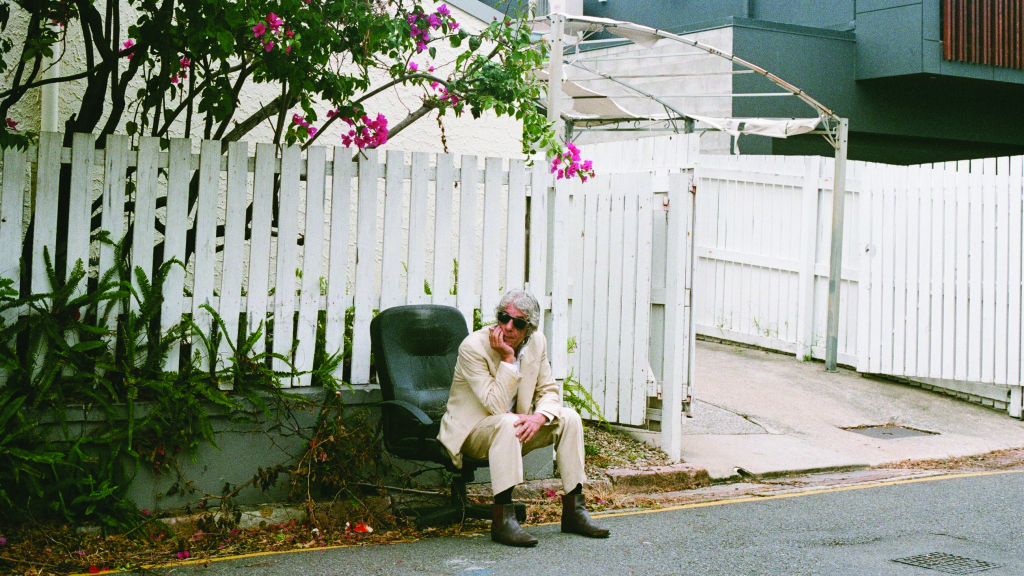
During a discussion with a young man who talks about his child as the only person he feels responsible for protecting, in contrast with the views Kate has been airing on the collective impacts of climate change, some sense of what goals people may have – personal or global – begins to emerge. As cinematographer Adric Watson’s camera registers brief moments of individual insight during these discussions, Briggs cuts from face to face. ‘The only thing that can fix nature is nature itself,’ one man counters during a heated group discussion led by Kate; later on, at a pub, a woman declares, ‘The truth of the matter is that we are in the moment we are, and we live by that moment.’ Rhetorical utterances such as these, if not necessarily profound, remind us of the wider world in which Rosario is wandering.
When Rosario and the two young women fetch up in Europe, we may anticipate some growing rapport between them and that the film might perhaps develop into some sort of road movie. In neither case will such anticipations be met in any conventional sense: the relationship between the trio never develops any special warmth, and the time spent on the road is taken up as much by long tracking shots depicting vistas of winding highways as by the characters’ reactions to shifting scenes or the kinds of quirky individuals that road movies have led us to expect to meet along the way. They arrive at some odd places of accommodation, such as an empty, graffiti-covered swimming pool attached to a derelict mansion, but the film simply notes such idiosyncrasies without comment.
When Rosario and the two young women fetch up in Europe, we may anticipate some growing rapport between them and that the film might perhaps develop into some sort of road movie. In neither case will such anticipations be met in any conventional sense.
Gradually, Gabriella and Kate realise that they don’t want to spend time with Rosario, and this will lead to frank exchanges that provide some of the film’s most compelling moments – compelling because they seem so unscripted, so utterly to arise from those moments. At one point, reading from a letter that she has written, Kate tells Rosario that she finds him manipulative and that she doesn’t care to be with someone who drinks so much – Rosario is almost always accompanied by a bottle – reproving him, ‘To give warning for abuse does not change abuse.’ Gabriella echoes these sentiments, saying, ‘I would not treat a friend the way you have treated us.’ Before they take their leave, Rosario criticises them for being insensitive to the feelings of others. Yet through this sequence, there is no suggestion of melodrama in the airing of these views; rather, there is a sense of people trying to clear the air between one another, and not being greatly concerned when this doesn’t happen.
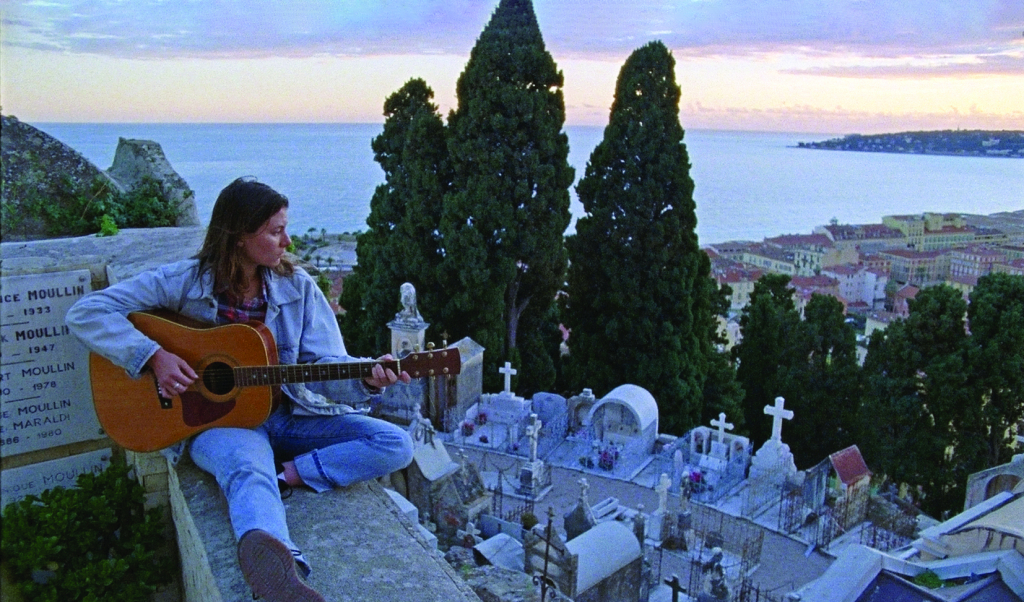
Is Rosario trying to make some sense of his identity? Is the film’s overriding aim to get inside a man’s head at a critical time in his life? Apart from the influence of steady drinking, what seems to matter most to him is the overhanging grief derived from his mother’s death. In a deserted street at night-time earlier in their trip, he looks around and begins talking to himself in Italian: ‘Mama, where are you? I came to see you […] I love you so much, so much. I’m missing you so much.’ When Kate asks Rosario whom he is talking to, he explains, ‘I believe she’s somewhere around here.’
In their ensuing scenes together, blackouts recur as punctuation – a technique that perhaps implies a failure of any serious connection, despite the characters’ attempts to spell out their difficulties in dealing with one another. ‘I am not lost,’ Rosario insists in voiceover as we observe him standing alone, having gone his separate way from his companions. In the last quarter of the film, there are images of Rosario coming to a mountain village; there, he reflects, as if in conversation with Gabriella and Kate, ‘I hope one day you [will] not hate me.’ In the stalls of a small theatre, Rosario meets another man, and, from the empty stage, talks to him about his father – ‘a man that shouldn’t have lived’, he says, who died in 1970. Is this another matter from Rosario’s troubled past that haunts him?
In the penultimate sequence of the film, its protagonist is seen walking naked through a wintry mountain landscape – perhaps suggesting that his reflections have brought him to a state devoid of any but the most basic truths about the life that he has been querying – and then, as the credits roll, he is back sitting (dressed) with a woman in a bar, cheerfully whistling as he plays the guitar.
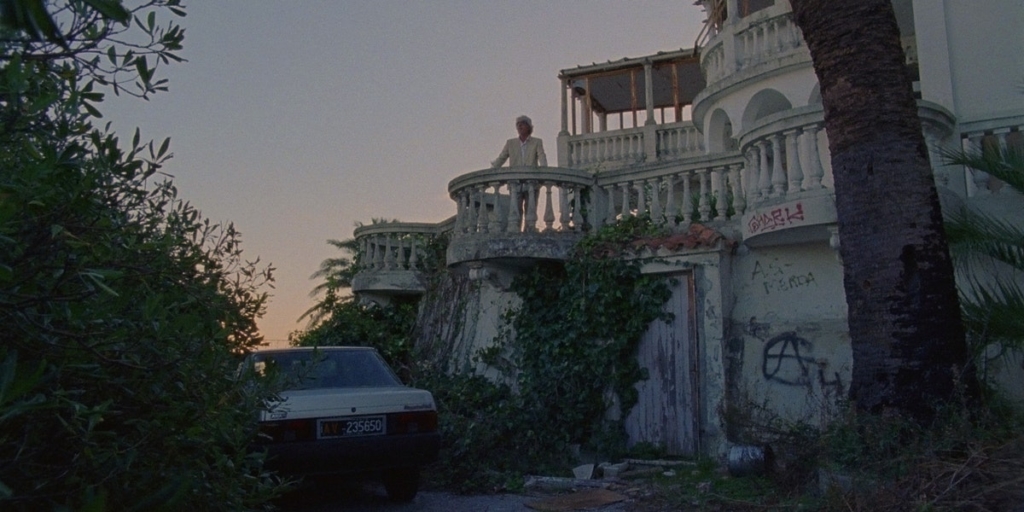
What are we to make of any of this? Certainly it is not a matter of looking for cause-and-effect connections; no, the rewards on offer here are of a completely different kind. By exploring Paris Funeral, 1972’s visual and verbal articulations in more detail than is usual in a piece of film analysis, I hope to have conveyed a sense of how the film explores its protagonist’s attempts to strengthen his slippery grasp of those aspects of his world that make him who he is. What this means for the film’s mode is an extraordinary feeling for the role of the impromptu, for the unplotted. Briggs’ screenplay gives an impression that its characters are saying whatever comes to mind in the moment, rather than carefully intoning scripted responses. As one synopsis notes, the film’s ‘sensitive story flows out of improvised dialogue and organic moments of humanity’.[1]‘Paris Funeral, 1972’, Queensland Art Gallery and Gallery of Modern Art website, <https://www.qagoma.qld.gov.au/whats-on/cinema/screenings/apt10-australian-next-wave/paris-funeral,-1973>, accessed 24 February 2022.
Paris Funeral, 1972 is not an easy film to take on board, but it is entirely worth the effort to do so. Visually, whether its focus is the faces it frames in close-up, vast open spaces or idiosyncratic interiors, the film compels attention to what is going on behind these surfaces.
Endnotes
| 1 | ‘Paris Funeral, 1972’, Queensland Art Gallery and Gallery of Modern Art website, <https://www.qagoma.qld.gov.au/whats-on/cinema/screenings/apt10-australian-next-wave/paris-funeral,-1973>, accessed 24 February 2022. |
|---|
